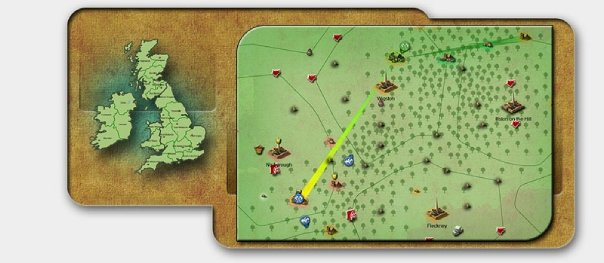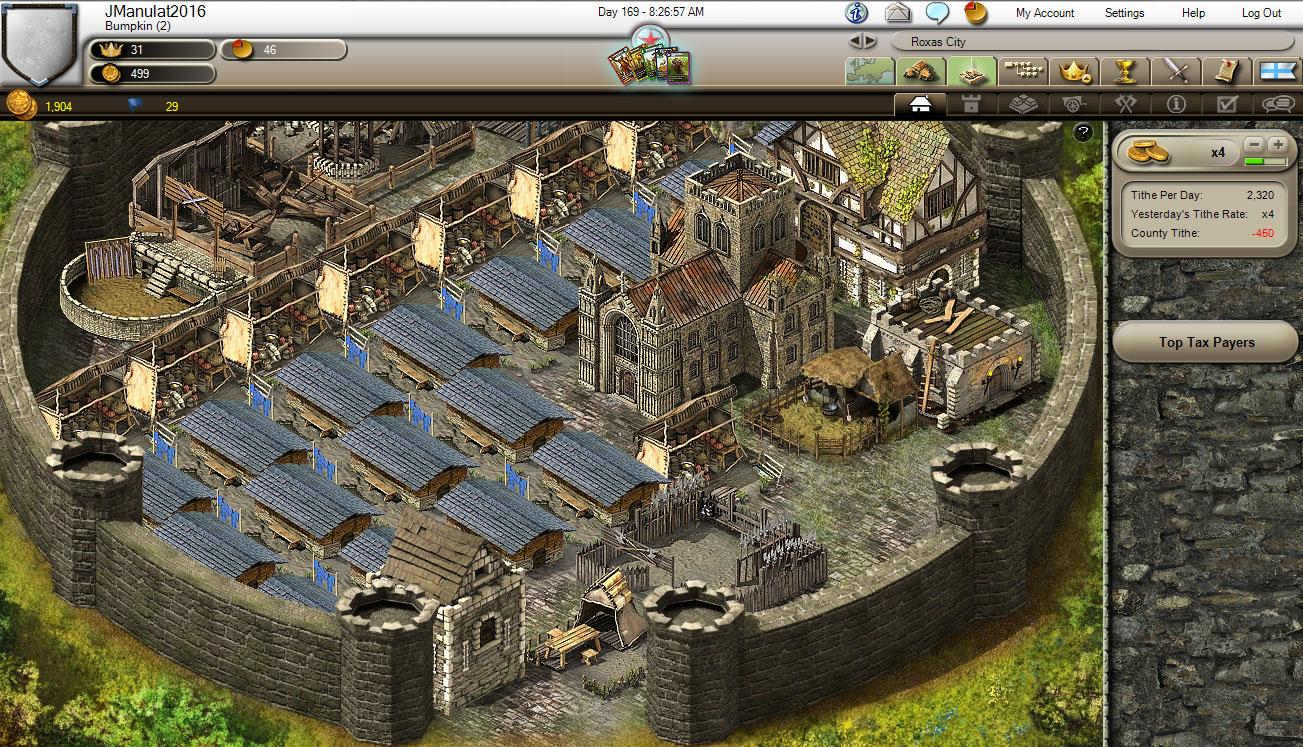

The path then forms a small arch throughout the village before faltering ultimately on the Sahasra Slope. It traces along the edge of the Pillars of Levia, winding its way through a narrow channel in the cliffs, finally meeting with Kakariko. The only road leading to it crosses the Kakariko Bridge after parting with the road uniting Fort Hateno and the East Post Ruins, and from there it climbs into the hills. This valley, now with its village, is far-removed from any major settlement or crossing-of-ways. Stumbling into this sunlit dell, then, must have been of great fortune, for it provided them with both. These Sheikah, who chose exile, were likely after two things: safety and isolation. While this alone may have been enough for the Sheikah in deciding upon the location of their new village, there are other concerns: especially in light of their banishment from the larger Hyrulean population. Kakariko, then, has food and to spare, with arable earth and two bountiful sources of water for drinking and irrigation. Finally, cuccos are tended by several villagers, and there is even a small pool for irrigation and the cultivation of a snail population. In a delightful rivalry between two venerable farmers, we are made to see just how much better pumpkins are than carrots, and are also shown that carrots are the true ingredient par excellence. Alongside the plum orchard and apple trees can be found several fields which provide Kakariko with its two most famous crops: carrots and pumpkins. Tended carefully by at least one dedicated naturalist in the village, the buds are just opening when Link arrives, yielding tender pinks, whites, and purples. These modest trees are planted predominantly in front of houses and shops, and are especially noteworthy flanking each side of the gateway leading to the Town Hall.

The smaller stream is followed closely by many willows and pines, though the pride of the village seems to be in fruit-bearing trees: specifically plums, which act as protectors of the village. These two waters almost meet, but for a short expanse of land before Impa’s Hall, which separates them, though diminishes neither.
STRONGHOLD KINGDOMS BEST VILLAGE LAYOUT SERIES
From the west, Lantern Lake pours its waters into yet another pond from a series of many-tiered falls in the cliff-side. A lively stream falls from this small woodland, cascading down the terraced face of Kakariko, eventually coming to rest in a diminutive pool around a statue of the Goddess Hylia. For the most part these cliffs are bare but for their verdant grass, though the northeast cliff-face is topped with a healthy forest, an area of mystery even to those who live below. The Pillars of Levia - markéd stone columns in a jeweled lake of green grass - rise far above the village, natural fortresses in the hills. The stone of its walls is grey, and its streams swift.

Kakariko is airily ensconced in a mountain vale, under a close sun and towering peaks. Finding that we have now traversed the village, eyes closed, head slightly back, solely exploring with our ears, we may now open our eyes. The music swells and recedes with an incredible natural consonance it sounds like a meadow made music, though a meadow stirred by rival winds.Īs the sun sets on this valley-hidden village, the music drops its playful elegance, descending into a more melancholic, lugubrious rendition of its theme it loses most of its percussive zest, and the heady, diaphanous shakuhachi takes almost all focus upon itself, braced from below by a set of bells and the soft strumming of what is likely a Japanese koto. These two symbiotic motifs play upon one another, deeply imbuing the entire village with nuance and a vague inscrutability. In an almost dismissive earnestness, the flute then jumps over an octave to a higher register, plaintively blaring out its melody while the strings and percussion continue their rhythms far below. It is as if there are multiple, distinct cultural elements behind the screen, in a delicate, though competitive, dance. It is soon undercut by a mystifying stringed instrument, which doesn’t so much complement the flute as challenge it, adding a very satisfying thematic complexity to the village. A wistful, yet playful, shakuhachi then comes in, almost lazily, like a leaf on the breeze, or like grass bending in a sun-sped wind, braced by a continued percussive cadence. Blocks are struck, drums softly tapped, and chimes cascade upward in a metallic flourish. The track begins as if it is the beginning of a kabuki play, as an announcement of the coming theme or personage. It is impossible for me to write a satisfactory article about Kakariko Village without first touching upon its music, for before we can appreciate even an inch of thatched roof or tribal pennant, we must first awaken to the musical setting unfolding before us.


 0 kommentar(er)
0 kommentar(er)
